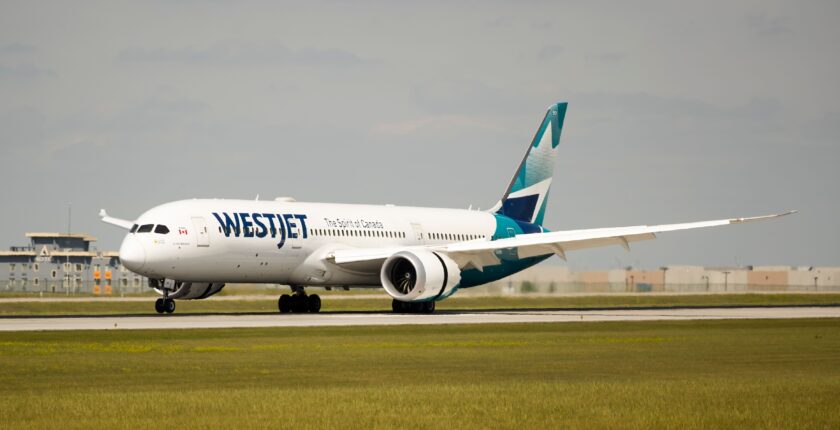Aviation Worker Shortage Looms for Canada’s Immigration Plans
Canada’s aviation industry is on the verge of a significant workforce shortage, with projections estimating a shortfall of around 55,000 workers by 2035, as highlighted by the Alberta Aviation & Aerospace Council. This looming gap is driven by an aging workforce and the sector’s rapid growth, impacting roles from pilots to air traffic controllers.
Upsurge in Aviation Jobs by 2035
In response to this predicted shortage, the Alberta AAC has initiated a workforce program, backed by CAD $1.5 million in funding, aimed at bridging the skills gap. Collaborating with organisations like Elevate Aviation, this initiative seeks to connect youth aged 16 to 21 with educational opportunities and internships in aviation, fostering early interest in careers that could lead to stable, long-term employment.
Global Labour Challenges in Aviation
But Canada’s challenges aren’t isolated. The aviation industry globally has faced similar dilemmas, particularly in roles like pilots and aircraft mechanics. Boeing predicts a need for about 716,000 new aviation maintenance technicians worldwide in the next two decades, with North America anticipated to account for a significant portion of this demand.
Sadly, many potential candidates are deterred by high training costs, concerns about work-life balance, and the competitive landscape offered by technology sectors, which often provide better pay and flexibility.
Opportunities for International Job Seekers
If you’re considering moving to Canada and seeking work in the aviation field, the present situation could work in your favour. There are various pathways to explore, including jobs that offer visa sponsorship. With platforms like VisaJobsCanada.com, you can find positions explicitly open to international candidates and offering visa support. While traditional job boards like Job Bank and LinkedIn are valuable resources, VisaJobsCanada.com uniquely focuses on connecting you with employers that understand the sponsorship process.
Navigating Canadian Immigration Policies
Understanding the immigration landscape is vital. For instance, employers may need to secure a LMIA (Labour Market Impact Assessment) proving they require foreign workers. Additionally, various pathways like the Provincial Nominee Program (PNP) and Express Entry system exist, both aimed at attracting skilled workers to address labour shortages.
In summary, for international job seekers in aviation, Canada presents a world of opportunities. As the nation prepares for a growing demand in the sector, now could be the perfect time for you to make your move.
Have your say!
Got a question, opinion, or experience to share about working in Canada? Leave a comment below and join the conversation.


